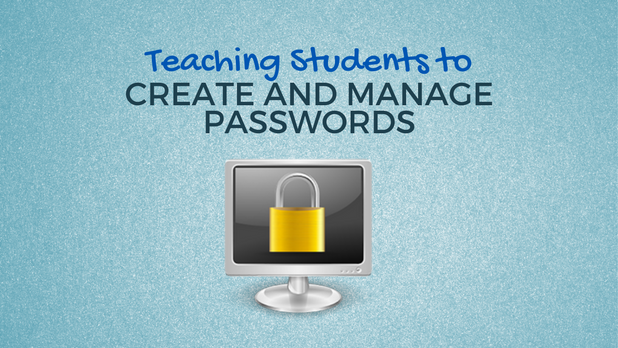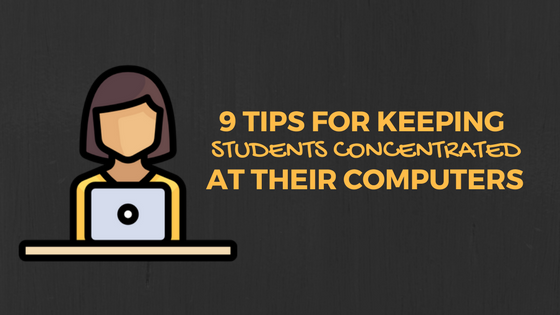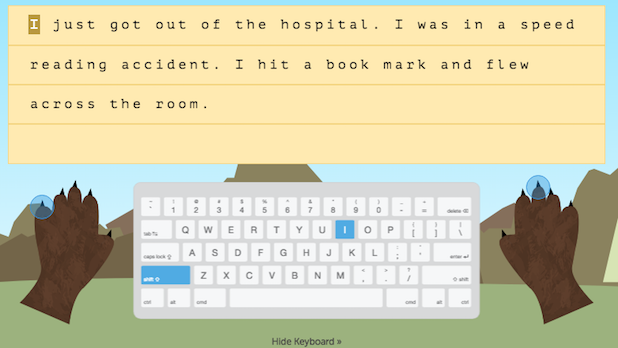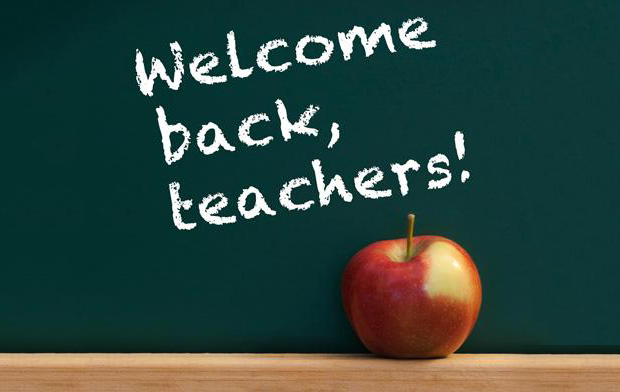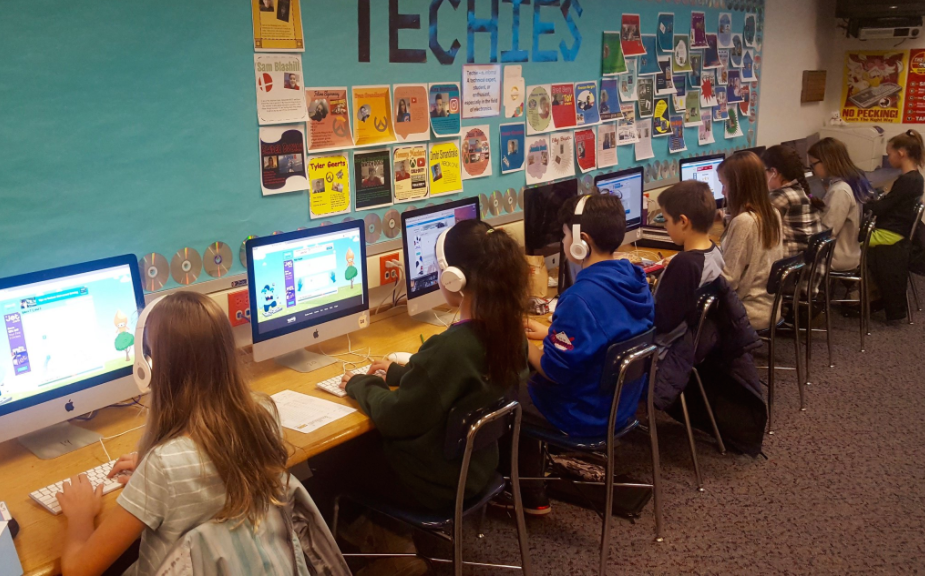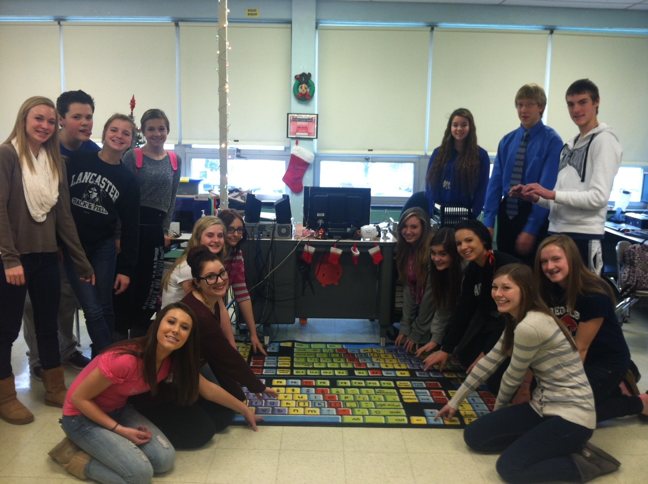The Perfect Year-Long Typing Project
The ancient Roman Philosopher Seneca once said, “While we teach, we learn.” In recent years, scientists have been exploring the body of evidence to support this claim by studying what they call the protégé effect.
And sure enough, research supports the idea that students often learn best by teaching something to someone else. The mere fact of being accountable for someone else’s learning increases motivation to master a concept, and the need to explain it in one’s own words requires a deeper level of understanding.
Starting a class website is a great way to harness the power of the protégé effect as students become experts on a subject. Through doing research, conducting interviews, compiling findings, analyzing information, and presenting their ideas in a clear manner students are bound to come out with a much more profound understanding of a topic.
Additionally, a class website gives students something to show for their work down the line. It can be a growing and evolving project that students might even use on a college application one day.
Starting a class website
There are plenty of free platforms that teachers can use to start a website. Arguably the most user-friendly is Google Sites. With a few clicks on your keyboard, you can have a professional looking website in a matter of minutes!
Sign in to Google Sites with your Google account.
Click Create and choose between new or original Google sites (we prefer new for a much more polished look).
Create a title for the website so that you’ll be able to easily find it again, and then use the “Add editors” button at the top to add students to the website. You can share one website with your whole class, a small group of students, or assign a different website to each kid. Students will receive an email inviting them to edit the website.
At this point, the interface is easy enough to use that students can teach themselves (another valuable part of the learning experience). Just double click wherever you want to add text or an image, and a dial will pop up where to choose what you want to insert. On the right-hand toolbar, students can choose themes and add additional pages, and they can customize their sites by adding photo backgrounds and even embedding videos.
When students are ready to go public they just hit Publish at the top and choose a name and privacy settings for their website.
Click here for some more useful information on how to get students started with blogging.
Tips for managing a class website project
Whether you choose to use Google Sites or another platform, the following are some tips to ease the website creating process in your classroom.
- Have students do most of their research and planning in another document before starting the website. Students often get carried away with the aesthetic aspects of the website and can neglect the content. It’s best to have students type out their ideas in a word document and make revisions first. Creating the website should be the final step.
- Use comments to have students give one another feedback on their work. Once websites are public, have students read and comment on one another’s work so that they have an opportunity to learn from each other.
- Assign roles of class experts. As students are becoming experts on areas of study, they are also becoming experts on using the website interface. As kids learn new functions of the website building process, assign roles of class experts to students who are responsible for teaching other classmates how to upload a video clip or design a new layout.
Be prepared for your students to surprise you and themselves with just how much they can learn and do when tasked with the job of becoming an expert and sharing their knowledge through a class website.
For more resources on teaching your students about blogging, check out this online, interactive CTE course on Blogging for Beginners.

